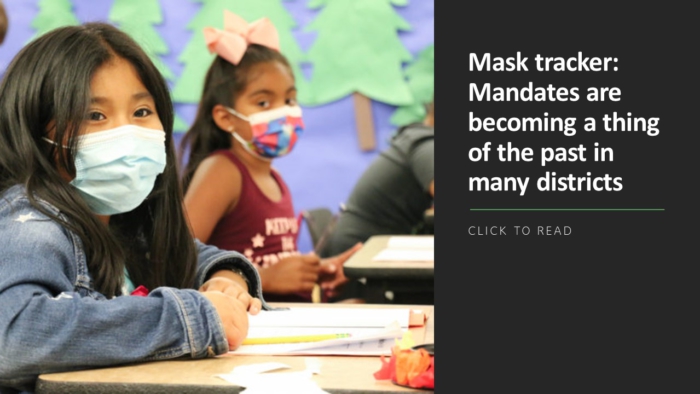
Engaging, effective and easy-to-use tools and instructional resources are just that—tools and resources. If we’ve learned anything in the past 18 months, it’s that student learning starts with the instructor as the most valuable asset.
As we reflect on critical lessons learned throughout the pandemic, we have focused on the importance of teacher development opportunities, the need for accurate data analytics, and bridging gaps between remote and in-person learning.
Here are six key lessons we’ve learned from the pandemic:
1. One size does not fit all. The teachers who recognized that instruction needed to be adjusted to home/online instruction experienced high student engagement and set a tone that fostered a collaborative and cohesive learning community.
2. Professional learning is imperative. On-demand professional development became a preferred method as teachers struggled to find the time for their own training while learning to navigate their new world of remote learning.
3. We need an alternative view for assessments. Digital tools for assessment became critical, and the need for more frequent informal assessments and student “check-ins” surfaced as well. Students struggled with learning in a way they never had before, so keeping a constant pulse on student progress was necessary and became a top priority over the once-a-year, comprehensive assessment.
4. Progress monitoring must come first. Recognizing the benefits of collecting and analyzing progress monitoring data from various learning scenarios moved front and center. Whether in a one-on-one, digital or in-person setting, data monitoring solutions provide a holistic view of students’ academic and social-emotional capabilities.
5. Teachers must be data literate. The ability to read, work with, analyze and communicate with data has surfaced as a much-needed skill for educators. It is a skill that empowers educators to ask the right questions of data and make data-informed decisions as they plan instruction.
6. Technology and e-tools are key components for learning. Many teachers who were uncomfortable with using technology in the classroom quickly learned that having an integrated instructional approach lent itself to successfully transitioning to the remote learning environment.
Bridging the gap between remote and in-person learning
Schools and districts are working hard to ensure equity and access for all students to the internet, high-quality resources and mobile devices. It’s a great start, but it can’t stop there.
Teacher professional development, family engagement, social-emotional learning and flexibility in accessingcontent are critical in helping teachers meet students where they are instruction-wise. And just like students need to be seen, valued and appreciated, so do our teachers.
- Professional development. With a balance of synchronous and live instruction—coupled with on-demand courses and professional development resources embedded in their instructional programs—teachers need training that addresses the “why and how” and allows them to practice, apply and reflect on their learning.
- Family engagement. A key ingredient to a successful learning-from-home environment is family/caregiver involvement. Programs, training and support for families should be a standard component in bridging the gap between remote and in-person learning.
- Social-emotional learning. Students need to feel connected, valued and part of the learning community to truly grow and learn. An SEL program is a support resource for educators and students alike.
- Multiple ways to access quality content. Whether online, downloadable, print, projectable or mobile, access for students and teachers to work together in a variety of ways is essential.
- Establishing district, school and community programs to make sure teachers feel valued, supported and appreciated. Change is the one constant, and gratitude expressed can serve as an important support that our educators need and deserve.
Preparation, communication and gratitude are the keys as we continue to navigate these uncertain times. Continuous opportunities for teachers to learn and support one another will provide the foundation for growth and preparation needed to address the demands of learning today and in the future.
When teachers feel prepared and appreciated, students can learn in any environment.
Lisa O’Masta is president of Learning A-Z.



